Most of us dream about sipping wine and eating pasta under the Tuscan sun. Unfortunately, that dream has been interrupted by a pandemic and we have no other option but to cast aside all our travel plans. While we may not be able to do much about sun-dappled views, and wine flowing chatter, you can bring true Italian flavors together inside one bowl. There are two ways to do that either you can get food delivered from the best Italian takeout in hell’s kitchen or you can simply learn everything about authentic Italian food to cook delicious meals.
Italian food is one of the best cuisines in the world. It’s bold, scrumptious, and satisfactory with rich textures and flavors. These days we have tons of restaurants serving a wide range of Italian cuisine to customers around the world. However, the experience of Italian food comes from a more personal than practical space. A plate of meatballs or bowl of pasta, Italian food is entwined with Italian culture and tradition. When the immigrants first landed on the American shores, they couldn’t find the authentic Italian ingredients. Eventually, they had to adapt and invent something that serves the entire purpose. Also, one of the major reasons why American-Italian food emerged. The only problem is that American-Italian food keeps your taste buds devoid of authentic Italian taste. To solve your problem here’s a short guide that will help you experience the best of Italian foods.
Table of Contents
What Is Authentic Italian Food?
To be precise, authentic Italian food is a celebration of organically grown produce. Italians love to celebrate life and they enjoy cooking in their kitchens. A typical Italian family decorates their food table with food items such as big plates of antipasti (a dish inclusive of mushrooms, artichoke, pepperoncini, and meat) and a delicious pasta dish followed by a light protein dish. The dish preferences vary from person to person, but as the meal progresses the food items become simpler and tastier.
Ideally, if you look at different cuisines other than Italian, you will notice a big difference. The meals get bigger and fancy as the eating routine progresses. Whereas in the case of traditional Italian eating routines, the meals tend to have a backward crescendo. So, you might see simpler dishes on a traditional Italian dining table. Also, if you seek authentic Italian food pay attention to the ingredients and products that go into the making. Which brings us to one of the major facts about traditional and authentic Italian food.
Original Italian Ingredients
From starters to the last bite of a sweet dish, every original Italian dish introduces basic ingredients into the making. Even the last savored bite will bombast your tongue with rich Italian flavors. These traditional ingredients generally originate from the local areas in Italy. Some cultivate these ingredients while others are mechanically designed. Whatever the case traditional flavors are an integral part of Italian cooking. For instance, olive oil, garlic, onion, and intense green colored vegetables. Olive oil is obviously used to fry, mix, drizzle, and braise particular food items. Next, comes garlic and onion – two basic ingredients used worldwide. You can never go wrong with onion and finely chopped garlic.
Vegetables with intense green color are the hero of the plate, but balsamic vinegar is one ingredient that you will find in every Italian kitchen. Another ingredient that claims a high spot in an Italian kitchen is the famous Grana Padano and Parmigiano-Reggiano. Besides these main ingredients, surprisingly fish is also an Italian staple diet. People prefer cooking with fresh sea fish or the ones that are laced in traditional Italian oils.
In addition to this, if you’ve ever had an Italian meal, you would have noticed that they preserve everything. From turning pork into sausage, basic olives into extra-virgin olive oil, and grapefruit into wine, they believe that preparation is the key to a delicious Italian meal. And by preparation we mean that you need to be patient, rushing things will only make things worse. So, make sure you pay attention to the flavors and ingredients before cooking Italian dishes at home.
Purchase Imported Foods If You Can
The idea behind cooking traditional Italian food is that you need a product that is grown locally. While that is not possible for people who do not live in Italy. Here’s what you can do. Purchase imported packaged food that is originally imported from Italy. For instance, canned tomatoes, cheese, and pasta imported from Italy are far more superior to their domestic counterparts.
The only drawback is that imported food will be expensive, but in the case of the flavors, everything will be worth it. After all, Italians have been producing and manufacturing these products since time immemorial. So, when you look for Italian imported produce, pay attention to the packaging. You will come across a variety of products whose label reads “Italian food” or “Italian food style.” Do not be fooled by such labels and instead look for labels that read “imported from Italy.” Also, make sure that you look for initials such as DOP or DOC to ensure that the product has actually been imported from Italy.
With the rising no. of American-Italian food brands, it is now easier to purchase anything you need to make a full-fledged Italian meal. And most of these products provide decent Italian flavors. On one bite you will experience the richness of flavors. However, you have to be quite sure about the brands that produce those quality products. You see, it all boils down to the originality and quality of products at the end of the day. So, familiarize yourself with the ingredients first. Learn what they taste like and then judge the products on the basis of your knowledge.
Focus On the Cooking Techniques
Technique comes after you have learned the basic step to Italian cooking. If not, scroll above and go through the main points again. Moving on, next comes technique. Now, the technique can mean a lot of things. For instance, how to hold a knife or which utensils to use. However, the most vital skill in Italian cooking is knowing how to season food. Seasoning enough and over-seasoning – there is a thin line difference between the both of them. Even if you use a trivial ingredient such as salt, Italian cooking requires you to season efficiently. Just about every dish in Italy is either savory or sweet. So, as a beginner learn how to season and how much to do before getting into the nitty-gritty of cooking.
Use Wine
If you order the best Italian takeout in hell’s kitchen, you will not understand anything about authentic Italian cuisines. First-hand experience matters and that’s why you need to consider this point and all the points mentioned so far. When it comes to wine, you will notice that several Italian dishes use wine while cooking. A splash of white wine here and there is the most common sight in an Italian kitchen. What’s more interesting is that wine balances the sweetness and loses its alcohol content when cooked for a few minutes. This way you enjoy the flavors without feeling any of the psychoactive effects.


